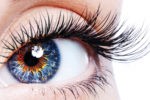Shining A Light on AMD Awareness and Glaucoma Awareness Months
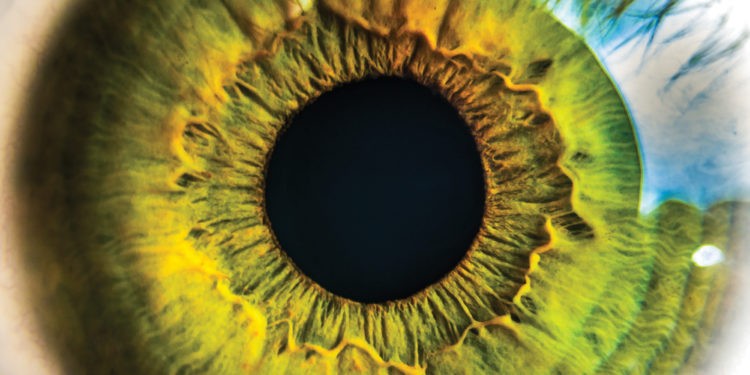
The importance of getting annual eye exams throughout our lives is indisputable. Ignoring changes in vision or skipping eye examinations at any age puts our most precious faculty at risk. Risks such as Age-Related Macular Degeneration (AMD) and Glaucoma, however, increase significantly as we age.
January marks Glaucoma Awareness Month followed by AMD Awareness Month in February, and we at Healthy Kansas City want to spread the word to save and preserve vision.
Most people think that they would notice the slightest change in their vision and say they would see a doctor as soon as possible after noticing any changes. Seeing a doctor after we notice changes may actually be too late, however. Shockingly, we can lose 40 percent of our eyesight without notice, and very often that loss is irreversible.
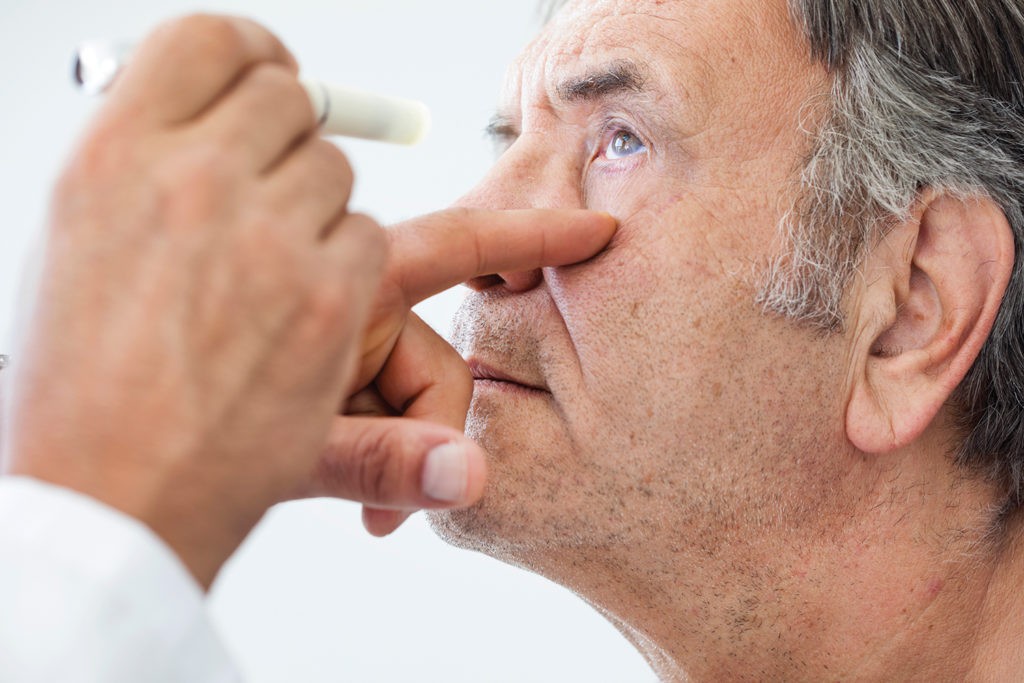
Glaucoma is Far More Prevalent Than We Realize
Over 3 million Americans and 60 million people worldwide have glaucoma and experts estimate that half of them do not even know it. Glaucoma is called the “sneak thief of sight” because there are no symptoms, patients only notice once nearly half their vision is lost, and once vision loss occurs it is permanent. It is the leading cause of blindness according to the World Health Organization, having caused an estimated 4.5 million cases of blindness worldwide. In the United States, approximately 120,000 are blind from glaucoma, accounting for 9% to 12% of all cases of blindness.
Glaucoma is not just one eye disease but several eye conditions that result in damage to the optic nerve causing vision loss. Very often high pressure inside the eye known as intraocular pressure or IOP is the cause, but this is not always the case.
There are two common types of glaucoma, primary open-angle and closed-angle glaucoma. Over 90% of those diagnosed with glaucoma are diagnosed with open-angle, which is not indicated by any eye pain. Instead, sufferers have a very gradual loss of peripheral vision in both eyes which progresses to tunnel vision.
Fortunately, the symptoms of closed-angle glaucoma are easier to recognize and include eye pain, blurred vision, nausea and vomiting, vision issues in low light, halos around light sources and red eyes.
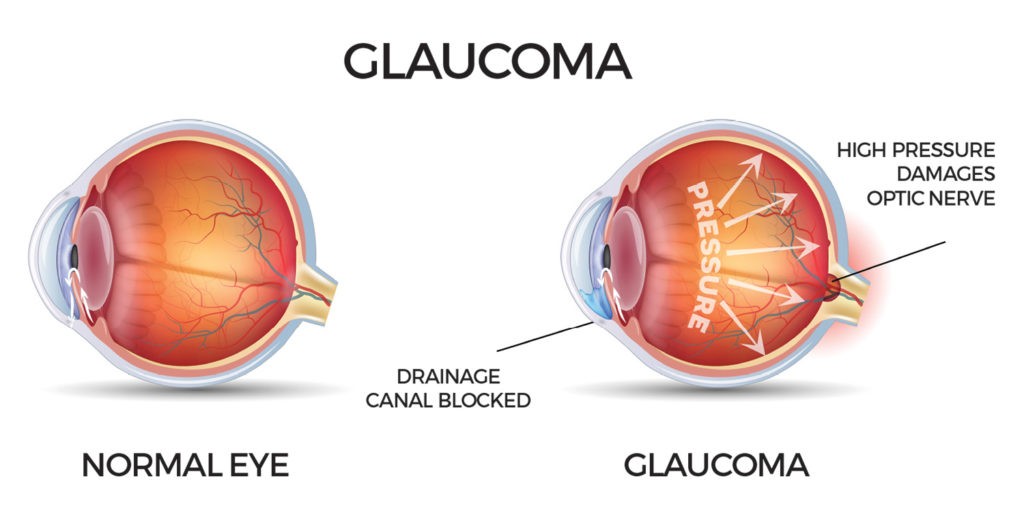
Age and Other Risk Factors
While age is a primary risk factor with glaucoma mainly affecting those over 60, it does affect all ages. In fact, 1 in 10,000 babies is born with it in the United States each year. Heredity and ethnicity also play a role. You are 4-9 times more likely to get open angle glaucoma if someone else in your family has it. African Americans experience the highest risk of developing glaucoma; develop it earlier and are at a higher risk of experiencing permanent blindness.
Unfortunately, there is no cure for glaucoma — yet. However, medication or surgery can slow or prevent further vision loss. The appropriate treatment depends upon the type of glaucoma among other factors but can include eye drops, oral medications, and eye surgery to insert a small stunt to drain excess fluid around the eye. Most importantly, early detection is vital to stopping the progress of the disease, which makes awareness and advocacy a huge factor in preventing the effects of the disease.
Why Glaucoma Awareness Matters
Often, in age related diseases, people just assume that vision problems are just a natural progression of the aging process and do not take action to prevent eye disease. In the case of glaucoma, early detection before symptoms arise is key to preserving vision. With increased awareness, we are all more likely to get regular eye exams and encourage our friends and family to do the same, understanding that what we do now can have a huge impact on saving our sight later.
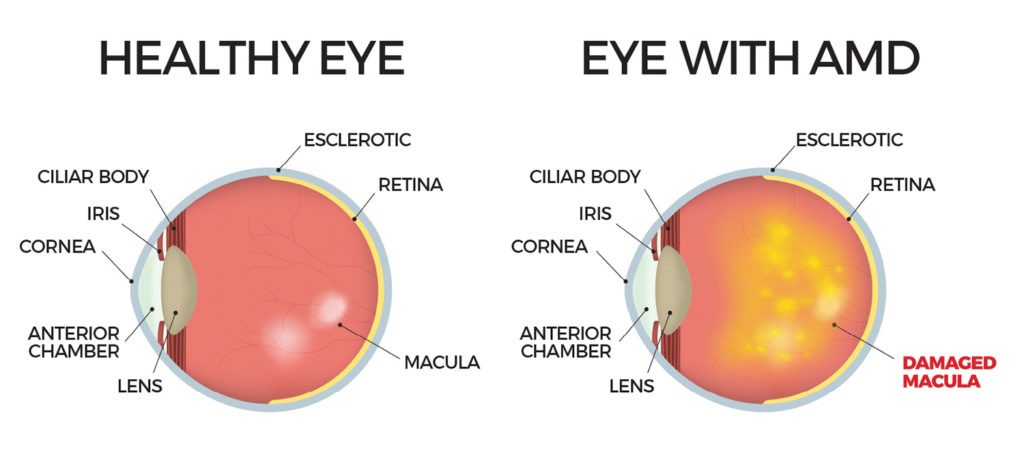
Age-Related Macular Degeneration
Unlike glaucoma, age-related macular degeneration (AMD) does not result in blindness, but it does result in loss of vision significant enough to seriously limit daily activities. It is a disease that affects the macula which is the part of the eye that allows you to see fine detail. AMD blurs the sharp, central vision you need for activities such as reading, driving and other detailed activities.
There are two common types of AMD – Dry AMD and Wet AMD. Most people suffering from this eye disease have Dry AMD, which is considered an early stage. Dry Macular Degeneration is diagnosed by the presence of yellow deposits, called drusen, on the back of the eye. Patients with Dry AMD may notice gradual vision loss, however, it isn’t normally as severe as patients with Wet AMD.
The more advanced stage of Wet Macular Degeneration is less common and affects approximately 10% of the patients suffering from Macular Degeneration. This stage can produce increased damage, resulting in more severe vision loss. This occurs when blood vessels grow under the retina, leaking fluid and blood, causing significant damage to the retina cells around it.
Knowing what to expect from the disease can be difficult. In some, AMD advances so slowly that vision loss does not occur for a long time. In others, the disease progresses faster and may lead to noticeable to seriously limiting loss of vision in one or both eyes. As AMD progresses, a blurred area near the center of vision is a common symptom. Over time, the blurred area may grow larger or the person may develop blank spots in their central vision. Objects also may start to appear dull and to be as bright as they used to be.
AMD by itself does not lead to complete blindness, with no ability to see. However, the loss of central vision in AMD can interfere with simple everyday activities, such as the ability to see faces, drive, read, write, or do close work, such as cooking or fixing things around the house.
Sadly, at this time there is no cure for Wet Macular Degeneration though there are some treatments aimed at restoring some sight and slowing the progression of the disease. These treatments include medications, injections, laser surgery and the CentraSight Implantable Miniature Telescope (IMT).
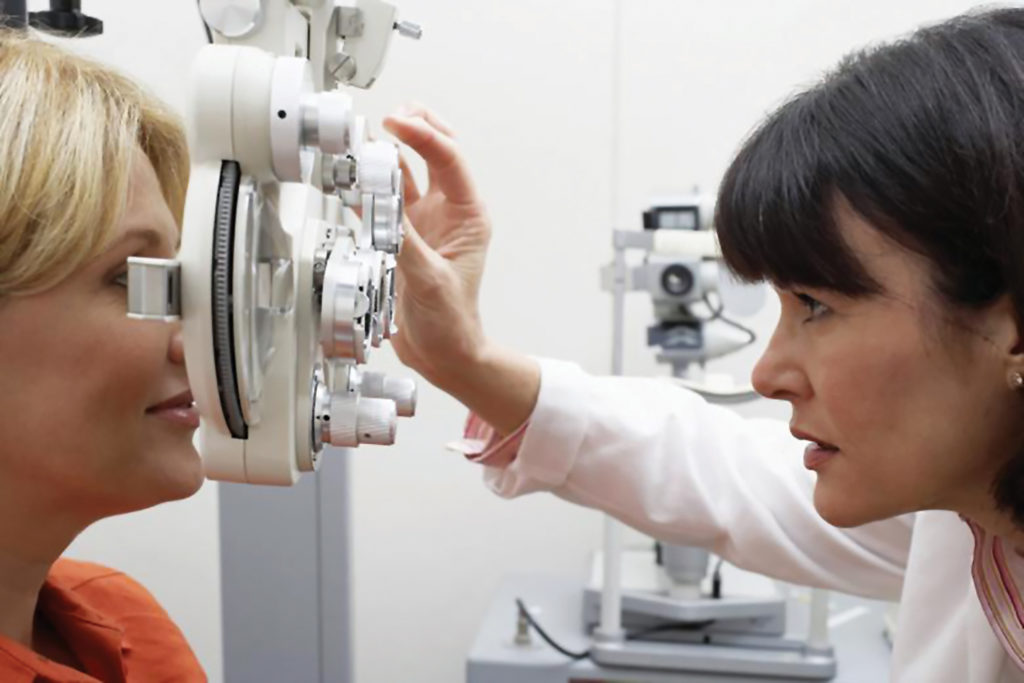
The Need for Research
Advocacy is the driving force behind funding for research for any disease, and today there is a need to increase awareness, funding, and research into eye diseases such as Glaucoma and AMD. There is much remaining to be known about the diseases.
Currently, there is research in the area of nutrition and its link to these diseases. One researcher, Ophthalmologist Dr. Chris Knobbe, founder, and president of the Cure AMD Foundation, suggests the skyrocketing rates of AMD worldwide are actually caused by the increased consumption of processed food.
What we do know is that AMD is a puzzle whose pieces are interconnected genetic factors, biological processes, age, and environment. Of those puzzle pieces, the only controllable factors are the environmental ones, putting what we know of prevention squarely in our hands. Similarly, while there are no known ways of preventing glaucoma, blindness can be prevented with routine eye care.
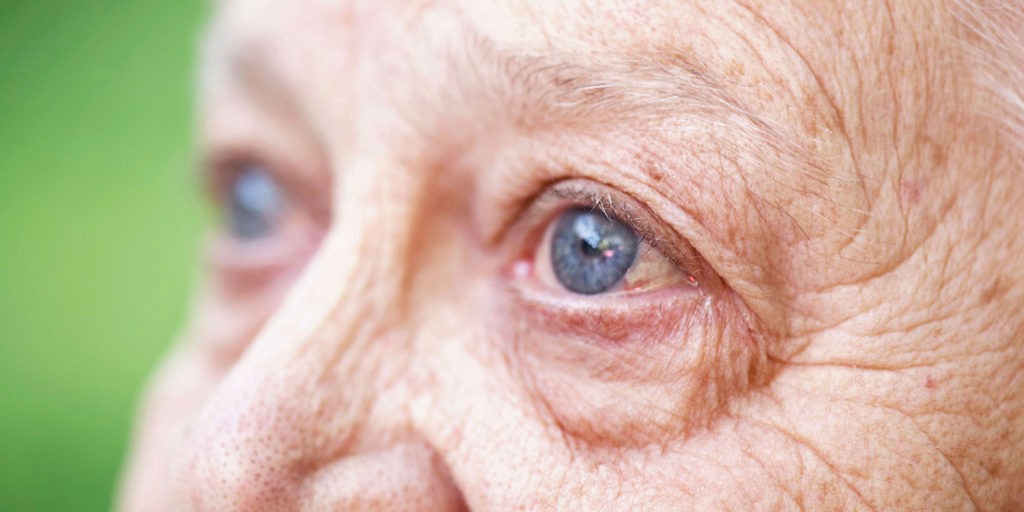
Protecting Our Vision
Eye diseases are complex and serious, though we often relegate eye health to the bottom of our list. The truth is, our eye health can impact our overall health and well-being, and it is up to each of us to advocate for greater awareness. We encourage all of our readers to be proactive in their own eye care and to help others be proactive in theirs.
For More Information
National Eye Institute: nei.nih.gov
Cure AMD Foundation: www.cureamd.org
American Academy of Ophthalmology: www.aao.org
Glaucoma Research Foundation: www.glaucoma.org
